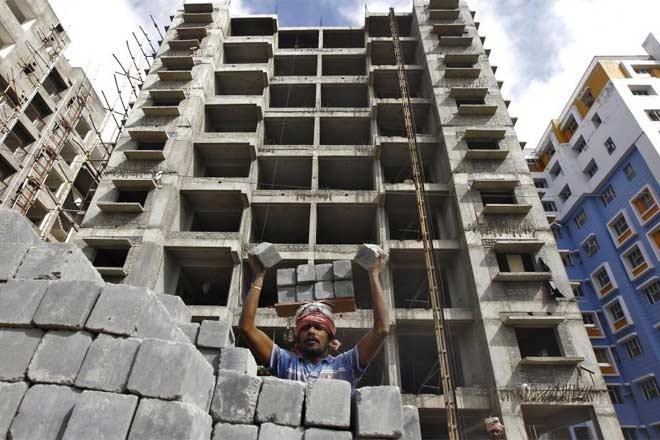By Ssumit Berry
With housing having been recognized as a basic need, affordable housing has now become a buzzword in India’s realty sector. Since India is progressing with the goal of improving its living conditions, the government of India is trying hard to provide its citizens access to housing. The growing urbanization combined with the booming middle class segment has provided a fillip to the demand for affordable housing. With this, this segment has received special attention from the government.
The government of India is giving a strong push to the affordable housing segment which has created an enabling environment for it. The “Housing for all by 2022”, as approved by PM Narendra Modi, is set to focus on affordable housing via a partnership model between the public and private sectors. With this, private developers are poised to enter this segment in a big way. Private realtors are welcoming the government’s policies providing a wide range of options to the end-users in the affordable housing segment.
The members of CREADAI (Confederation of Real Estate Developer’s Association of India) had announced the first major private investment into affordable housing. As per the data available, 375 affordable housing projects are to be launched across the country with an investment of Rs 70,000 crore. The cost of construction of the affordable houses as per the CREADI will be in the range of Rs 15 lakh to Rs 30 lakh with average cost of construction coming to Rs 18 lakh per house. These projects will involve development of over 86 million sq ft to build a total of 2.37 lakh housing units. CREDAI with their skilling partner PNB Housing Finance Ltd (PNBHFL) has also entered into a pact for skilling of 8,000 construction workers during 2017-18.
It is noticeable that the Ministry of Housing and Urban Poverty Alleviation under Prime Minister’s Awas Yojana has so far approved the construction of 17,73,052 affordable houses in 30 states and Union Territories with the investment of Rs 95,660 crore. These approved projects are to be executed with assistance from central and state governments and beneficiary contribution under the four components of PMAY. The Ministry of Housing and Urban Poverty Alleviation also approved the private builder projects under the scheme of “Affordable Housing in Partnership” (AHP).
As the Budget 2017 has proposed infrastructural status for affordable housing, the developers are joining hands with the government to bring the country closer to realize the “Housing for All Mission by 2022”. Now, this post infrastructure status brings a platform to the private developers too, to rise in the segment. This mission pushes the affordable housing to shift the developer’s focus from luxury projects. It is also noticeable that with the increasing demand, the low-cost housing projects are having faster velocity. This has pushed even those developers to enter in this sector who were earlier stayed away from this sector due to low margins. The infrastructure status along with the easier access to bank loans has been catching the private developer’s interest towards the affordable housing segment.
It is needless to add that the implementation of Good and Service Tax (GST) would be a game changer for the real estate industry by removing multiple layers of taxation. The real estate sector will be beneficiating with the integrated national market by the way of a common indirect tax structure. The government policies towards low cost housing projects along with the falling interest rates will create a conductive environment for the private developers to a greater degree. Moreover, with the RERA Act coming into force from May 1, 2017, private developers would be driven more towards the lower end of the market. RERA will bring in a win-win situation for both buyers and developers. The present scenario depicts that the developers are likely to ensure more command over the delivery schedule.
With the prevailing government schemes towards the real estate sector, many states are seen to have come up with commendable affordable housing policies. Rajasthan, Gujarat, and Uttar Pradesh are some of the states which have developed a model framework for affordable housing. In the coming time it may catch the whole nation.
Realtors’ body CREDAI has also signed an agreement to provide a concessional rate of loans to builders as well as customers for the execution of affordable housing projects. In addition, it is also time for private developers to explore huge opportunities in the affordable housing sector under In-Situ Slum Redevelopment (ISSR). Now it can be envisioned that with the increasing participation of private developers, affordable housing would be the main tool for accomplishing the mission of Housing for All.
(The author is Managing Director, BDI Group)

